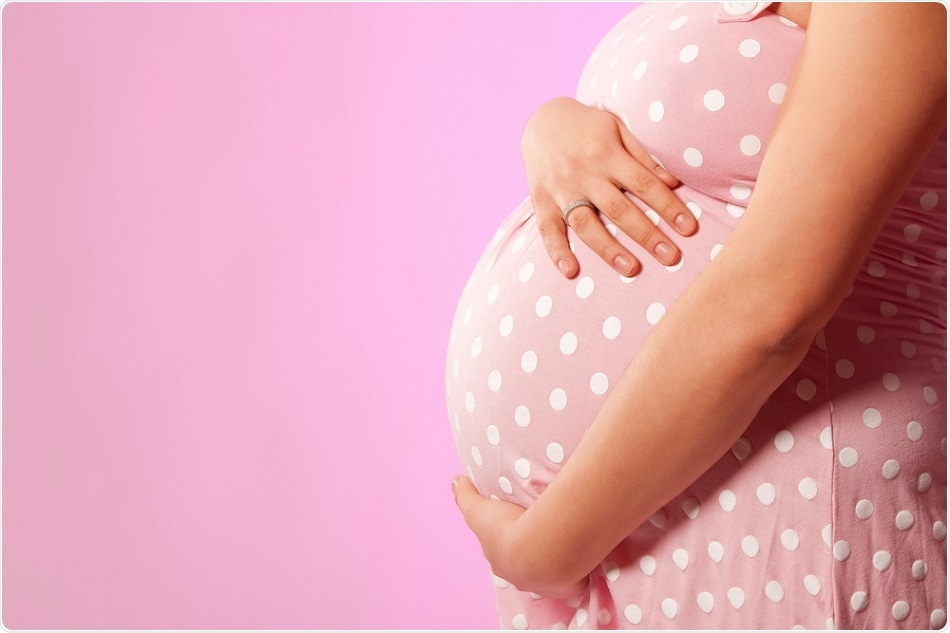Scientists have long known that the DNA inside the cell’s powerhouse, the tiny bean-shaped mitochondrion, comes solely from the mother’s side. Now a new study by CNIC researchers, published in the journal Cell Metabolism, shows how this occurs. In addition, the study will help prevent different types of mitochondrial DNA occurring within the same cell, due to some medical treatments.
 MariyaL | Shutterstock
MariyaL | Shutterstock
What makes the mitochondrial DNA special?
The transfer of mitochondrial DNA is a constantly changing process that results in the reception of maternal mitochondrial DNA by the offspring. Mitochondrial DNA contains 37 genes that occur only in the mitochondria. While this is a small number compared to the 20,000 genes found in the human genome, the mitochondrial genes come only from the female parent. Different populations show variations in their mitochondrial DNA, just as with the rest of the DNA inside the nucleus.
Mitochondrial DNA exists as multiple copies within each cell as there are several mitochondria per cell. This DNA is unique in that it doesn’t show any recombinant changes during its transmission through the generations. In the nucleus of the reproductive cells, in contrast, the DNA undergoes recombination to produce a new and essentially different copy of the parent’s genome, which is thereafter part of the child’s DNA.
However, mitochondrial DNA does undergo mutation, which is thought to be responsible for the inter-population variants of this genetic material. However, within the same person, all mitochondrial DNA molecules are largely identical and come from copies of the original copy of the mother’s mitochondrial genes present in the embryo.
How is mitochondrial DNA transferred to the offspring?
The experiments were carried out in experimental mice that had two different copies of mitochondrial DNA within each cell within two types of mitochondria. This could be an inheritable situation. The team showed that if there were two or more types of mitochondrial DNA in the mother’s cells, the transfer was regulated in two ways.
The first pathway was operative during egg development, while the second occurred during the period when the first few cells developed into an embryo. The two mechanisms of regulation ensure that different types of mitochondrial DNA do not occur in the same individual, a phenomenon called heteroplasmy. In such cases, the mitochondria cannot function normally.
Heteroplasmy is known to exist in nature, but as already stated, two distinct mechanisms oppose it. In the experimental setup, the production of more egg cells or oocytes is a low throughput process, and this in itself reduces the chances of heteroplasmy. One of the mitochondrial variants only was picked up during the process of oocyte maturation.
Moreover, following fertilization and once the oocyte began to develop into an embryo, the father’s mitochondrial DNA is actively broken down, ensuring that no cells thereafter carry this genetic material.
These findings reveal the complex mechanisms underlying the decision to select one mitochondrial genome or another, and the reason for this choice.”
Researcher José Antonio Enriquez
However, modern medical therapies, notably mitochondrial replacement, can result in low levels of heteroplasmy, which is shown to be more frequent in patient populations than was considered the case till now. This type of treatment is designed to stop disease-associated mitochondrial DNA from being transmitted to the child.
The female parent’s mitochondria are, in this case, replaced by those from a healthy individual. Such children are called the “children of three parents” but the technology should not be taken lightly, say the researchers. They stress the need to understand why variability in the mitochondrial DNA is required for the body’s normal functioning. Moreover, embryonic cells show an alteration in metabolism when heteroplasmy is present, which results in the formation of a higher concentration of reactive oxygen species. The consequence is that the inner mitochondrial membrane, which carries many enzymes involved in cell respiration and energy production and storage, can become deformed.
How is the study important?
By uncovering the ways in which the mitochondrial DNA is kept separate from the rest of the genome, it will help scientists to use this knowledge to devise better mechanisms to keep mutated mitochondrial DNA out of the child’s cells. Not only so, but it will facilitate the refining of methods to prevent heteroplasmy as a consequence of mitochondrial replacement therapy.